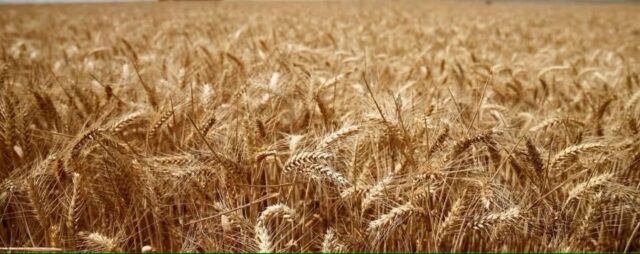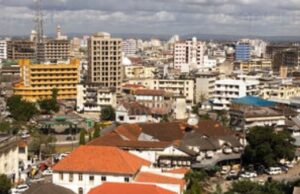
(3 Minutes Read)
The Namibian Ministry of Agriculture, Water and Land Reform anticipates a more than 50 percent decline in cereal production due to erratic rainfall and severe dry spells.
The decrease in aggregated national cereal production (maize, millet, sorghum, and wheat), from 153,012 metric tonnes (MT) last season to an expected 72,150MT this season, threatens food security across the country. Additionally, the commercial farming sector is also expected to fare poorly, with a projected harvest of only 35,200MT, representing a significant decrease of 68% compared to last season’s production of 111,000MT.
Consequently, the commercial sector’s contribution to the national cereal harvest will fall to just 49%, according to the Ministry. This decline is primarily due to the devastating drought experienced in rain-fed areas, and the substantial reduction in numbers of farmers who have planted maize and wheat in the commercial area this season.
The report further states that the outbreak of African Migratory Red Locusts in the Zambezi region is causing severe damage to maize crops, further reducing the already limited harvest expected this season. Other pests recorded include false armyworms, armoured bush crickets, quelea birds, and cutworms, with minimal crop damage.
Read Also:
https://trendsnafrica.com/namibia-africas-second-fastest-growing-fdi-destination-kenya-leads/
The Green Scheme Projects have witnessed a 24% and a 63% increase respectively in expected harvests for maize and wheat despite a slow in crop production due to a nationwide drought. According to the report, green schemes are expected to produce 13,100MT of maize during this season, which is more than last season’s production of 10,600MT while wheat production is estimated at 3,100MT this season compared to the last season’s production of 1,900MT. This improvement was attributed to a notable increase in the planted area by the irrigation green schemes.










